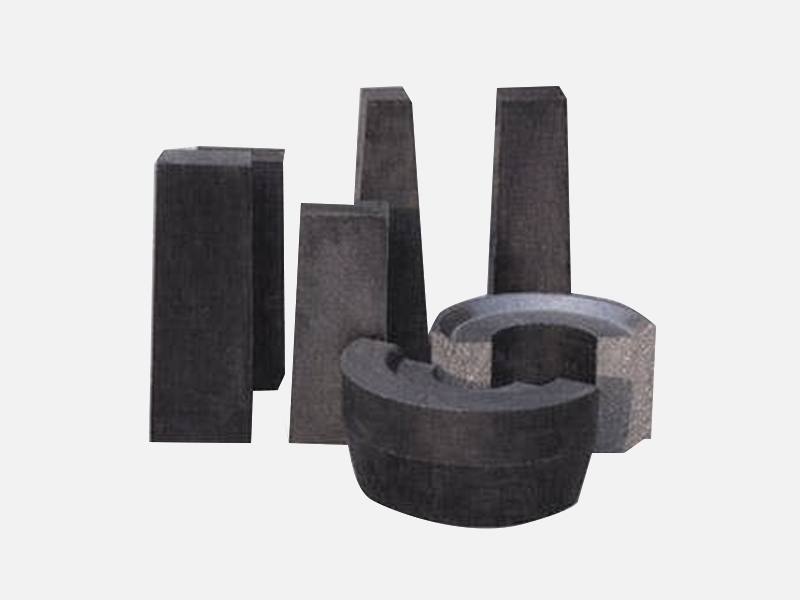Magnesia carbon brick series of the main raw material production process and wide application
Posted time:2021-11-22 Page view:27738Magnesia carbon brick series is based on molten magnesia, high purity magnesia and graphite as the main raw materials, by high pressure molding and low temperature treatment, the product is mainly used in the lining of electric furnace, with high temperature strength, corrosion resistance, resistance to peeling and other advantages. Depending on the smelting conditions and the type of smelting steel, different grades of magnesia-carbon bricks can be used. Magnesia-carbon bricks have excellent corrosion resistance and good thermal shock properties. Due to the use of high purity flake graphite, it has good oxidation resistance. Magnesia carbon bricks are widely used in electric arc furnace side walls, converter, hot and cold spots and ladle slag lines.

The forming of magnesia carbon brick is an important factor for the densification of the structure of refractory brick: because the amount of graphite in the mud is large and the critical particle of aggregate is small, it is appropriate to use high pressure molding and press strictly in accordance with the operating procedures of light and heavy first and pressure many times to avoid forming cracks. Better use of vacuum, exhaust pressure operating procedures. In addition, the surface of the high-pressure molded brick is very smooth, easy to slide when handling and building, so the molded brick should be impregnated or smeared with 0.12mm thick hot hardening resin to form a resin film to prevent sliding. This treatment is generally referred to as non-slip treatment.
The molded magnesia carbon brick can only be used after hardening treatment, and the temperature of hardening treatment has a great influence on the performance of refractory brick. Studies have proved that 200 to 250℃ hardening treatment is more appropriate, for ensuring the bulk density of bricks, reducing porosity, etc., higher than 250℃ and lower than 200℃, hardening treatment will bring adverse effects. We must strictly control the air. Usually at 50-60 ° C, due to resin softening, should be properly insulated; At 100-110 ℃, due to a large amount of solvent discharge, should be insulated; Live at 200-250 ° C, in order to make the reaction complete, should also be properly insulated.
